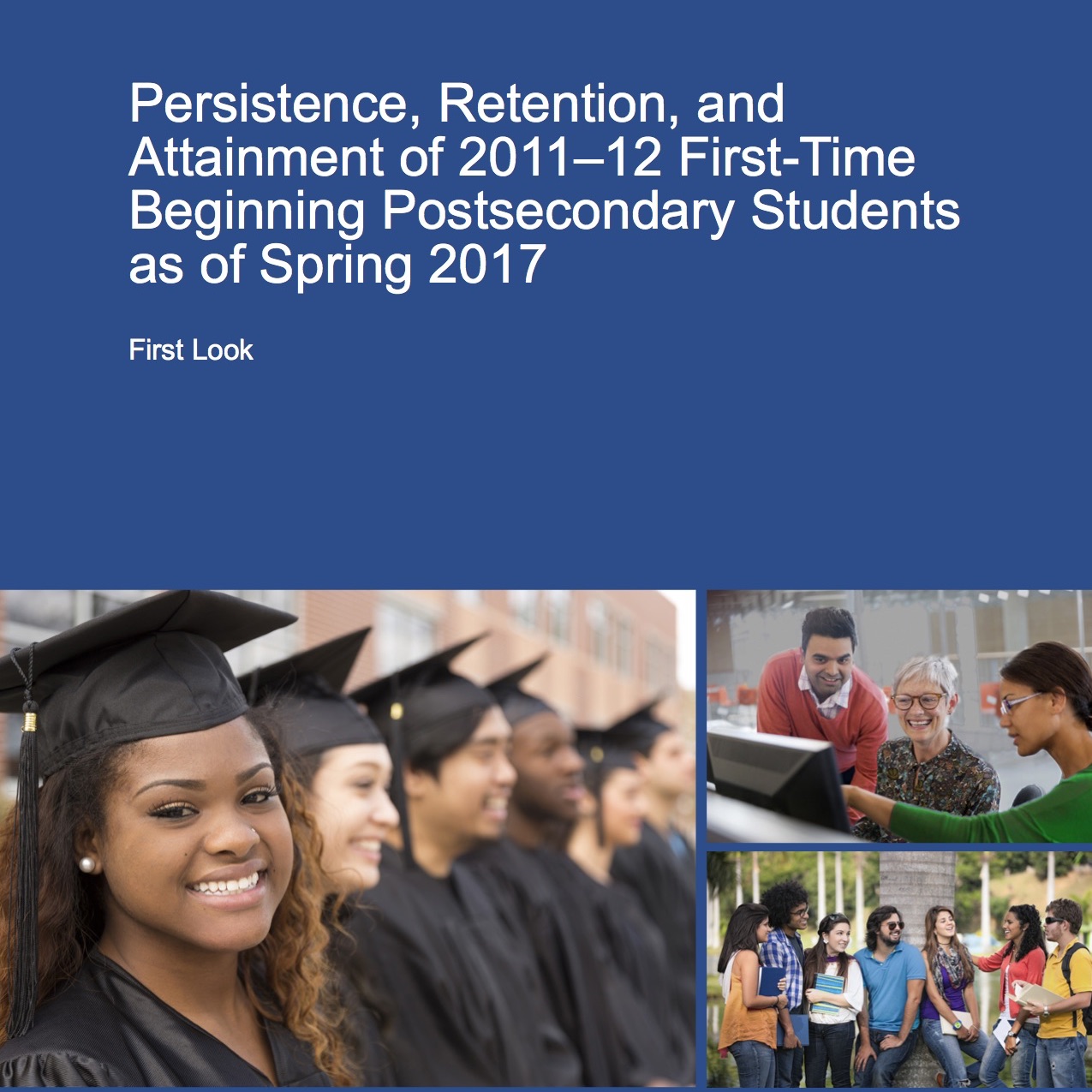University of New Hampshire Study Finds Persisting Racial Gap in Child Poverty
More than one third of all African American children continue to live in poverty. In 2015, 36.5 percent of all Black children lived in families below the poverty line. This is more than three times the rate for non-Hispanic White children.
Major Study Finds Racial Gap in Tobacco Use and Tobacco-Related Health Disparities
Smoking cigarettes and the use of other tobacco products had declined significantly in the United States over the past several decades. But tobacco-related health disparities persist for African Americans and other ethnic groups.
The Digital Divide May Be Contributing to the Racial Gap in Health Disparities
Scientists at the University of Kansas are studying the barriers keeping low-income African-American older adults from adopting technology and seeking health information online. They found that digital literacy skills represented more of a barrier to online healthcare resources than access to digital technology.
UCLA Reports Examines Racial Diversity in Hollywood
The report found that films with casts made up of 21 to 30 percent minority actors enjoyed the highest median global box office ticket sales and the highest median return on investment. Films with the most racially homogenous casts were the poorest financial performers.
Why Do Black Men Have Among the Poorest Health of Any Group in America?
A new report from the Working Group on Health Disparities in Boys and Men of the American Psychological Association finds that racial health disparities can be explained in part by systemic oppression and discrimination targeting these men.
University Study Finds Higher Tobacco Advertising in Ethnic Neighborhoods
The study lead by a researcher at the University of Wisconsin-Milwaukee, found that tobacco products are more aggressively marketed in Black and Latino neighborhoods of the city of Milwaukee than is the case in White neighborhoods. It appears that children are often the targets of the marketing.
University of Pittsburgh Study Finds Huge Racial Gap in K-12 School Suspensions
The research showed that Black students are suspended seven times as often as non-Black students at schools in Allegheny County, Pennsylvania. Suburban districts tended to have some of the highest racial differences in school suspensions.
The Stubborn Racial Gap in Degree Attainment Rates in the United States
For Black students who entered postsecondary education in the 2011-112 academic year, 9.5 percent earned an associate's degree and 22.7 percent were awarded a bachelor's degree by the Spring of 2017.
University of Kentucky to Remove a Mural That Is Offensive to Many Black Students
During the Great Depression, Ann Rice O’Hanlon painted a 38 feet wide, 11 feet tall mural on Kentucky history in Memorial Hall. The mural depicts enslaved African Americas hunched in a field, Black musicians playing for White dancers, and a Native American threatening a White settler with a tomahawk.
Nationwide Study Finds Major Racial Gap in School Suspensions and Expulsions
The study offers a comprehensive look at racial disparities in school discipline involving expulsion or suspension from school at secondary educational institutions throughout the United States. The study examined disciplinary records involving nearly 16,000 middle schools and more than 18,000 high schools all across the country.
The Nation Is Making No Progress in Closing the Racial Gap in Standardized Test...
The most striking statistic is that only 4 percent of all Black test takers were rated ready for college-level courses in all four areas of English, mathematics, science, and reading. Whites were more than six times as likely as Blacks to be prepared for college-level work in all four areas.
Scientists Call for an End to Racial Funding Disparities in Biomedical Engineering
Representatives from a network of women deans, chairs, and distinguished faculty in biomedical engineering are calling upon the National Institutes of Health and other funding agencies to address disparities in allocating support to Black researchers.
Black Faculty Are Vastly Underrepresented at Southern Colleges and Universities
The Southern Regional Education Board has released new data that shows only 9.2 percent of full- and part-time faculty members are Black at public four-year institutions in the 16-state region. Nearly 18 percent of all undergraduate students at these educational institutions are African Americans.
Report Documents the Employment Shortfall of African Americans in the Tech Workforce
A new report from the Computing Technology Industry Association offers a wealth of data on employment in the technology sector. In the San Jose, California, metropolitan area, home to Silicon Valley, there are just over 3,000 African Americans employed in tech positions. In contrast, there are 45,000 White workers and more than 107,000 Asian American workers.
The Far-Reaching Racial Disparities as a Result of the COVID-19 Pandemic
While overall deaths relating to motor vehicle crashes increased by 7.2 percent in 2020, African American deaths increased by 23 percent. The fact that Blacks were less likely to be able to work at home during the pandemic was a contributing factor.
Study Finds Black Access to Healthcare Lags in States That Show a High Level...
The results showed that the higher the level of racism in a given state, the less access Black people in that state had to health care. The higher the level of racism in a given state, the more access White people had to health care. In addition, the worse the state’s racism score, the higher the quality of care White people reported receiving.
How the COVID-19 Pandemic Influenced College Enrollment Rates
A new report from the National Student Clearinghouse Research Center finds that college enrollment rates for 2020 high schools graduates have fallen significantly, especially for students from schools with a large percentage of students from low-income or underrepresented groups.
Racial Differences in Attrition Rates at Medical Schools in the United States
The study found that students who were from an underrepresented racial or ethnic group, and also from a low-income family who lived in an underresourced neighborhood had a dropout rate that was nearly four times the rate of White students who were not from a low-income family and did not live in an underresourced neighborhood.
Study Finds Little Progress for African Americans in Academic Radiology
In academic radiology in 2019, Blacks were 3 percent of the assistant professors and 2 percent of the associate professors and full professors. The proportion of Black or African American department chairs was 5 percent in 2019. These percentages have not changed significantly since 2010.
Scores on the ACT College Entrance Examination Drop and Large Racial Gap Persists
For the fifth year in a row, the average score for African American students dropped. The most striking statistic is that only 5 percent of all Black test takers were rated ready for college-level courses in all four areas of English, mathematics, science, and reading. Whites were nearly six times as likely as Blacks to be prepared for college-level work in all four areas.
The Significant Racial Gap in Marriage Rates in the United States
In 2021, nearly 54 percent of the White population over the age of 15 was married compared to 31.2 percent of the Black population. Only 27.5 percent of the White population had never been married compared to half of the Black population.
How the COVID-19 Pandemic Impacted the Racial Gap in Unemployment
In 2020, when the pandemic struck, 19.4 percent of the Black civilian workforce (those who were employed or seeking work) experienced unemployment at some point during the year. More than 4.2 million Black workers were unemployed at some point during the year.
A Severe Lack of Teacher Diversity in the Nation’s K-12 Schools
A new report from the U.S. Department of Education finds that 80 percent of the nation's K-12 teachers are White, while only 45 percent of the students in these schools are White. African Americans are 6.1 percent of all teachers in public schools but 15 percent of all students.
The Rate of Workplace Fatalities for Black Americans Reaches an All-Time High
In 2021, 653 African Americans died from work-related injuries. This was up 20.7 percent from 2020. African Americans made up 12.6 percent of all work-related fatalities due to injury. This was the highest percentage recorded since statistics on workplace fatalities have been collected.
The Black Percentage of School Principals Has Declined in Recent Years
Overall, during the 2020-21 school year, 78.4 percent of school principals were non-Hispanic White and 9.5 percent were Black or African American. In the 2017-18 school year, Blacks were 11 percent of all school principals.
Black-Owned Businesses Are Still a Small Fraction of the American Economy
In 2020, there were 140,918 U.S. Black- or African American-owned businesses across all sectors of the economy. They had annual sales of $141.1 billion and employed 1.3 million people. Thus, Black-owned businesses accounted for only 2.4 percent of all firms in the nation with paid employees. They employed just 1 percent of all employees.
New Study Documents the Racial Gap in Student Loan Debt of Medical Residents
A new study led by Louisa W. Holaday, an assistant professor of internal medicine at the Icahn School of Medicine at Mount Sinai in New York City, finds that nearly 90 percent of all Black medical residents had accumulated debt from their medical training. A majority of Black residents (59.9 percent) had debt from premedical education loans.
Harvard-Led Study Finds Racial Disparities in Opioid Relief for Dying Cancer Patients
In a study of 318,549 Medicare patients over the age of 65, researchers found that Black patients were 4.3 percentage points less likely to receive any opioid and 3.2 percentage points less likely to receive long-acting opioids near the end of life than White patients. Researchers also found that when Black patients received opioids, they tended to receive lower doses.
Addressing the Very Low Numbers of African Americans Earning Doctorates in Geography
A study by researchers at Michigan State University found that between 1997 and 2019, 4,918 doctoral degrees were awarded by U.S. universities in the discipline of geography. Only 86 of these doctorates, or 1.64 percent, were awarded to African Americans. The differential awarding of degrees was related to the differential funding by race to support the completion of doctoral degrees in the field.
African Americans Making Progress in STEM Fields, But a Large Racial Gap Remains
A National Science Foundation report finds that blacks were 14 percent of the U.S. population between the ages of 18 and 34 in 2020. They earned 10 percent of the associate's degrees awarded in science and engineering fields, 9 percent of the bachelor's degrees, 11 percent of the master's degrees, and just 7 percent of the doctoral degrees.
The Generational Damage From the Unequal Incarceration Rates of African Americans
Overall, 40 percent of American adults have ever had immediate family incarcerated, 34 percent have ever had extended family incarcerated, and more than half of adults have ever had any family incarcerated. For Blacks, 60 percent of adults have experienced an immediate family member’s incarceration, 53 percent have experienced extended family incarceration, and 74 percent have experienced either of those events.
New Center at the University of Pennsylvania to Address Racial Gap in Maternal Health
Black women are three times more likely to die from a pregnancy-related cause than White women in the United States, which has the highest maternal mortality rate of any developed country and the problem is getting worse.
Blacks Are Making Progress in Leadership Positions at Athletic Powerhouse Universities
But the Institute for Diversity and Ethics in Sport (TIDES) at the University of Central Florida notes that Blacks are only 9.9. percent of the head football coaches at the 131 colleges and universities that make up the Football Bowl Subdivision (FBS) of Division I of the National Collegiate Athletic Association. African Americans made up 49 percent of the football players at these schools.
Black Scholars Are Underrepresented Among “Super Principal Investigators” on NIH Grants
Super principal investigators have three or more concurrent grants from the National Institutes of Health. In 2020, just 1 percent of all Black principal investigators were super principal investigators. For Whites, 4.1 percent of all principal investigators were super principal investigators.
New Study May Help Reduce the Vast Racial Disparity in Prostate Cancer
Black men are more than twice as likely as other men to die from prostate cancer. A new study led by researchers at the University of Southern California identified nine new genetic risk factors for prostate cancer, seven of which are found either largely or exclusively in men of African ancestry. This new information can help patients understand their cancer risk and decide how early and often to get screened.
The Racial Disparity in Incarceration Rates Has Declined but Remains Large
In 2020, Black adults were imprisoned at 4.9 times the rate of White adults, down from 8.2 times in 2000. Much of the decline was due to a reduction in prison time for drug-related offenses. However, in 2020, Black individuals comprised approximately 13 percent of U.S. residents but accounted for 56 percent of homicide victims and 39 percent of those arrested for homicide.








































